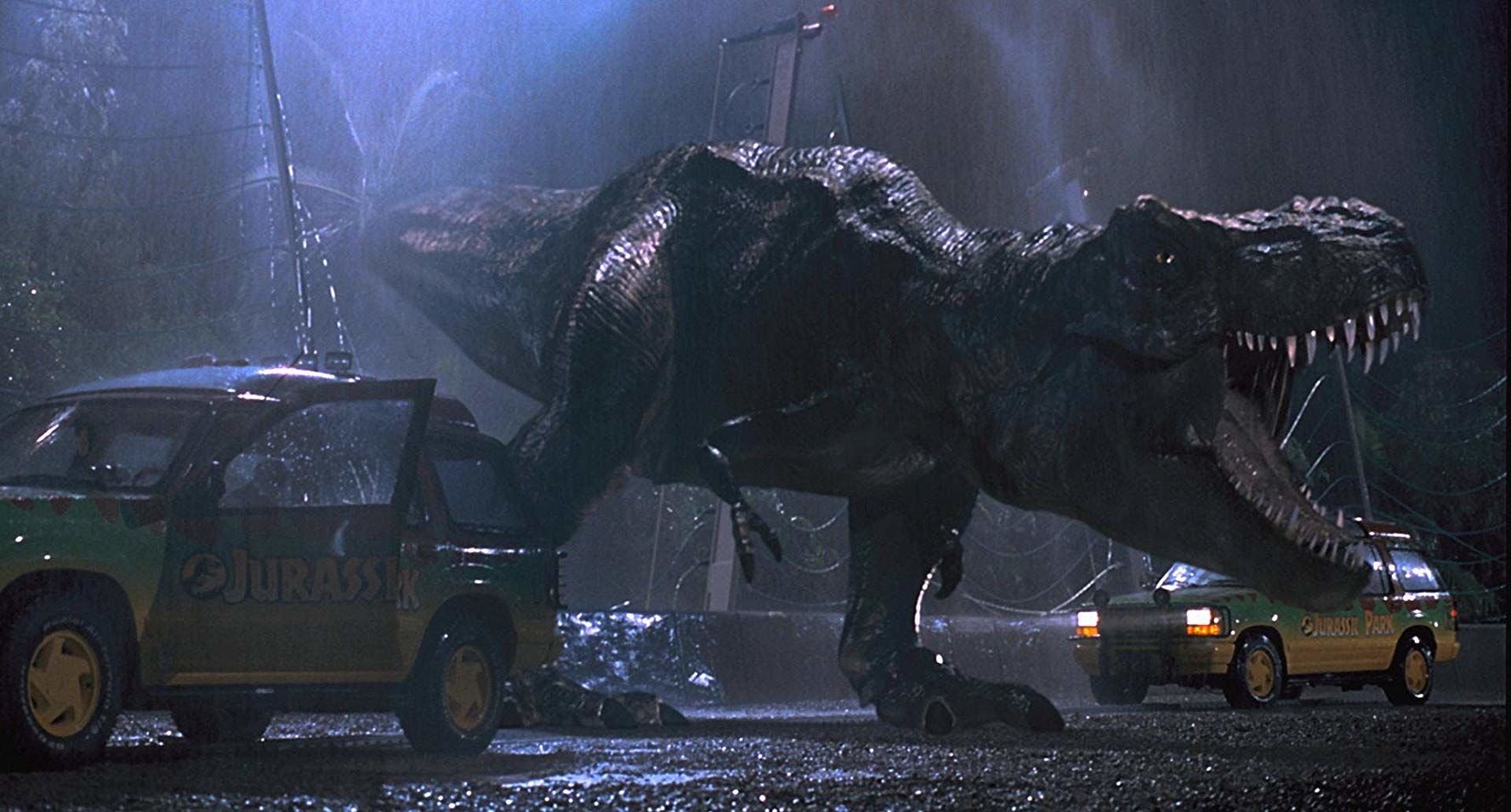Create a free profile to get unlimited access to exclusive videos, sweepstakes, and more!
The biggest T-Rex fossil ever discovered could change what we know about dinos

While we're still (at least) a few years away from cloning dinosaurs and building theme parks around them, the scientific consensus on their time on Earth millions of years ago has been challenged by a recent fossil discovery.
Last week, 65 percent of a Tyrannosaurus rex skeleton was uncovered in Saskatchewan, Canada, and per National Geographic, it's the largest one ever discovered. Clocking in at a whopping 19,500 pounds, this particular dinosaur lived to the ripe old age of at least 28 years old.
This makes the fossil, nicknamed "Scotty," the largest, longest-living T-Rex ever unearthed. And its discovery means that certain predatory thunder lizards lived longer and grew larger than previously thought.
"As more specimens of those other theropods are found, we're going to find their 'Scottys:' their particularly large, particularly old individuals,” said study leader and University of Alberta postdoctoral researcher Scott Persons. "It would not surprise me that those animals turn out to increase the range of body size, potentially to overlap or even surpass what we know from T-Rex."
"Scotty" roamed the Earth somewhere in the neighborhood of 68 million years ago, when Canada was a sub-tropical paradise — in name only. The fossil contained a massive bone growth between two teeth, likely meaning infection, and several broken tailbones, all indicating the Cretaceous period was no picnic.
"It was not an easy life, even for the king of predatory dinosaurs, judging by all these injuries,” said Nizar Ibrahim, a paleontologist at the University of Detroit Mercy.
It's worth noting that "Scotty" was first discovered way back in 1991, and got its name from the bottle of scotch the field crew had on hand to celebrate their findings. It's taken nearly 30 years, though, to properly excavate all its skeletal remains from the rock they were embedded in.
Of course, the effort seems more than worth it, as we continue to piece together what life was like then — and how our predecessors on Earth were able to survive. Before we start cloning them for our future theme parks, obviously.


























